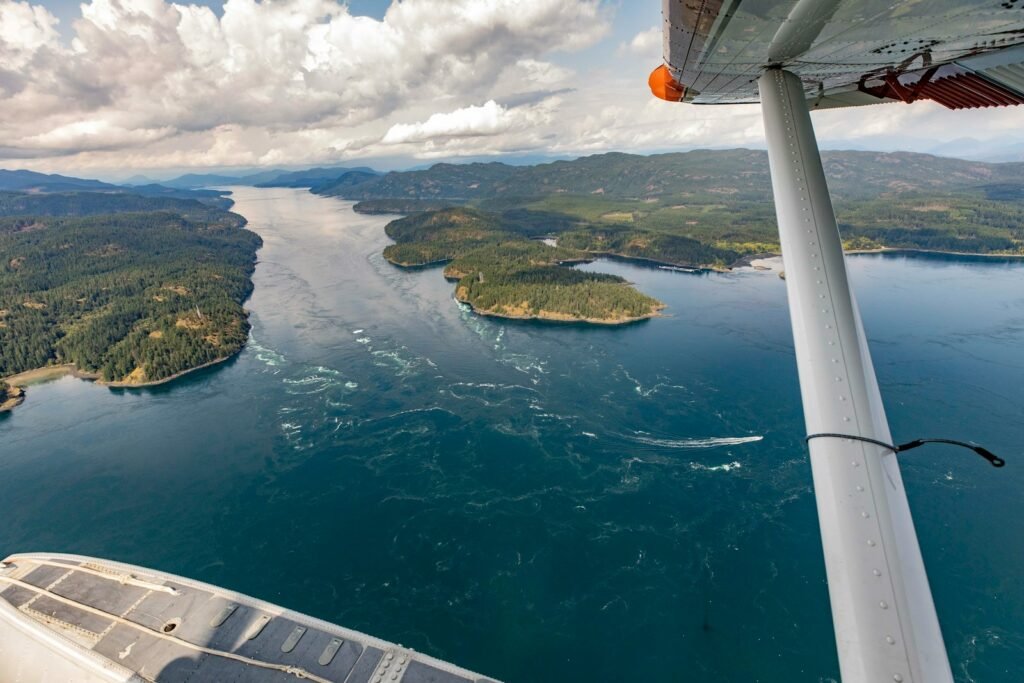The earth beneath our feet hides stories older than memory, and nowhere is that more breathtakingly true than in the mysterious caves of Vancouver Island. Imagine standing in the cool, echoing dark, flashlight beam catching on ancient bones—reminders of a world locked in ice and teeming with life now lost. It sounds like the beginning of a fantasy novel, but these caves are real, and their secrets are rewriting what we know about the last Ice Age. Every fossil pulled from these limestone hollows is a whisper from the Last Glacial Maximum, a time when glaciers pressed down on the land and giant animals roamed the forested valleys. For scientists and adventurers alike, Vancouver Island’s caves offer a rare, almost magical, window into a vanished world—and a thrilling, hands-on connection to our planet’s deep past.
What Is the Last Glacial Maximum?
The Last Glacial Maximum, often called the LGM, was the coldest peak of the most recent Ice Age, about 20,000 years ago. During this time, massive ice sheets blanketed much of North America, including parts of what we now call Canada. Temperatures were frigid, landscapes were transformed, and wildlife was forced to adapt or perish. On Vancouver Island, the ice reshaped valleys and carved out new features in the land, while hardy animals struggled to survive. Today, the LGM is a vital chapter in Earth’s story, helping us understand both past extinctions and the resilience of life under extreme conditions.
The Unique Geology of Vancouver Island

Vancouver Island is a patchwork of rugged mountains, lush forests, and, crucially, extensive networks of limestone caves. The island’s geology is ancient, shaped by tectonic shifts and the relentless push and pull of glaciers. Limestone, which forms from the remains of marine life, is especially vulnerable to water erosion. Over thousands of years, rainwater seeped through cracks, slowly dissolving the rock and creating vast underground chambers. These caves became perfect natural vaults, preserving whatever entered them—sometimes for tens of thousands of years.
How Caves Become Time Capsules
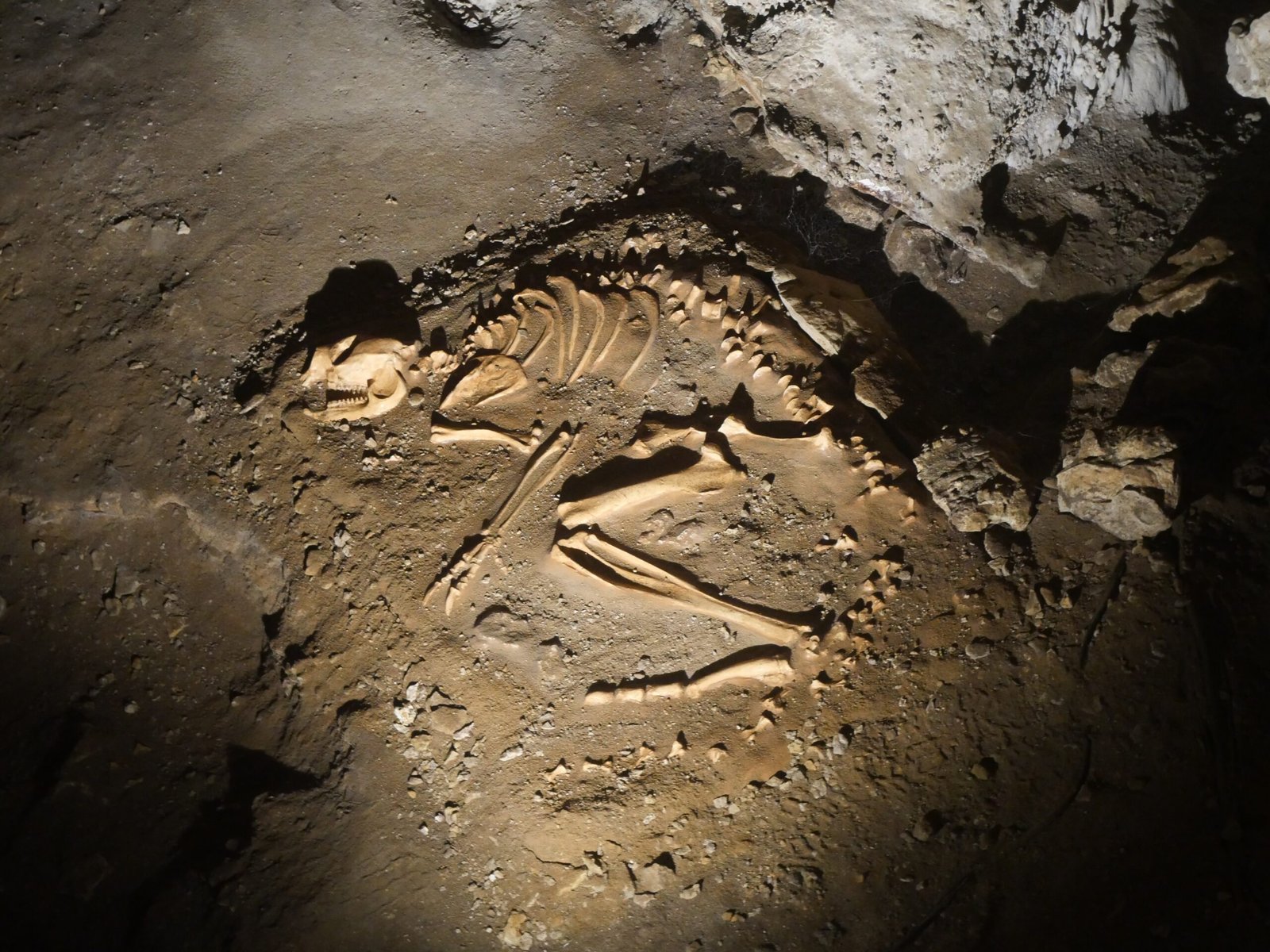
Caves might seem cold and forbidding, but they are nature’s best time capsules. Their constant cool temperatures, darkness, and stable humidity slow decay to a crawl. When animals wandered in—or were dragged in by predators—their remains could be sealed away from scavengers and the ravages of weather. Over centuries, bones became encased in sediment, protected from water and wind. This unique environment means that fossils found in Vancouver Island’s caves are often startlingly well-preserved, offering scientists an unfiltered glimpse into prehistoric life.
The Discovery of Ancient Fossils
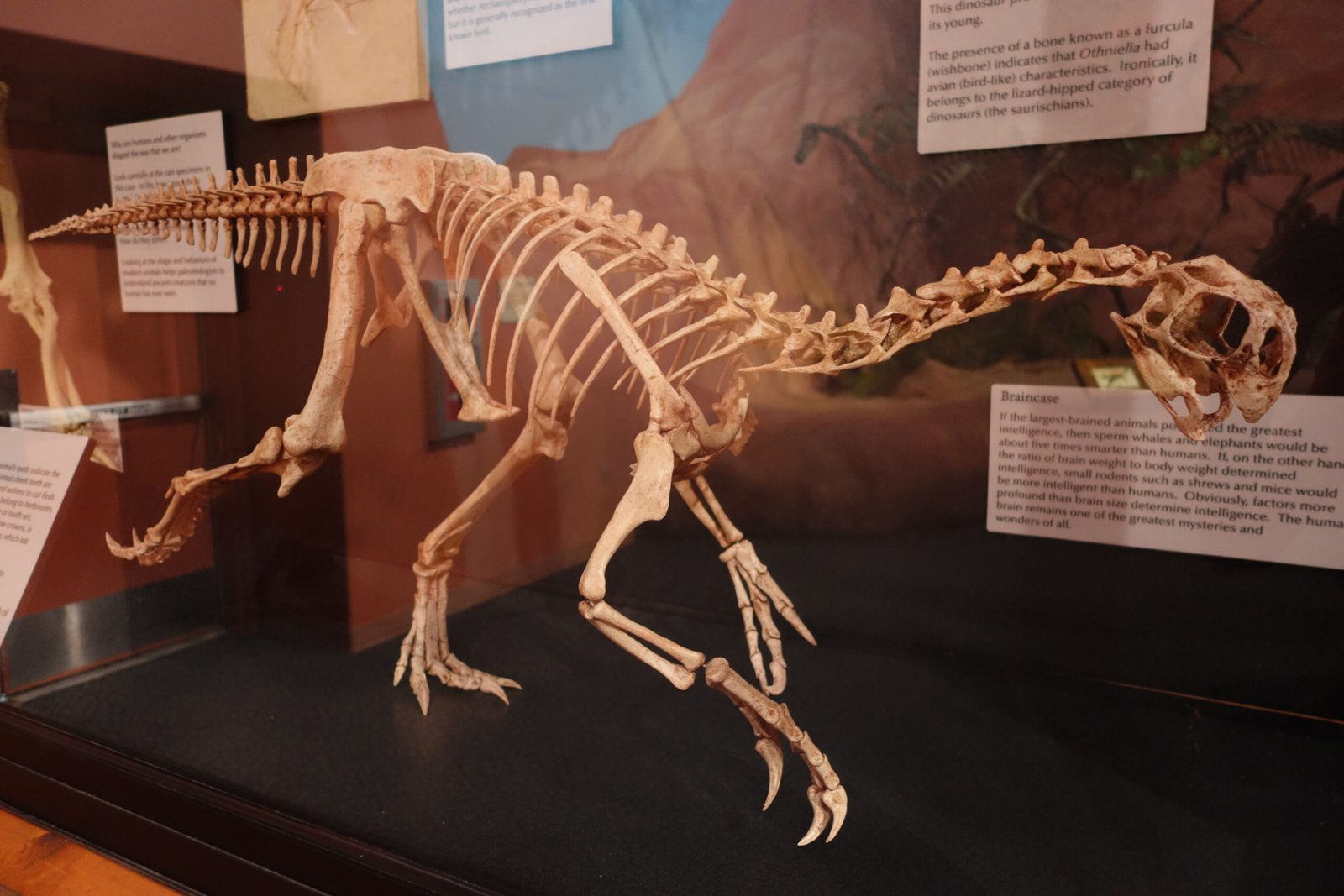
The thrill of discovery is almost palpable when a fossil emerges from the darkness of a cave. On Vancouver Island, cavers and paleontologists have unearthed bones from creatures that vanished with the Ice Age. These finds aren’t just lucky; they’re the result of years of careful exploration and scientific curiosity. Each fossil, from a bear paw to a rodent tooth, is painstakingly cleaned and analyzed, helping piece together the puzzle of what life was like during the LGM. Sometimes, the discoveries are accidental—a hiker stumbles upon a cave entrance, or a caver’s rope knocks loose a bit of sediment, revealing ancient secrets.
Giants of the Ice Age: What Lived Here?
Imagine stepping back in time to a Vancouver Island buzzing with life very different from today’s forests. The caves have yielded remains of animals both familiar and strange: saber-toothed cats, ancient bison, giant short-faced bears, and even mammoths. Some bones belong to species that survive today, like caribou and wolves, but others are extinct, their stories waiting to be told. These fossils prove that Vancouver Island was a crossroads for Ice Age wildlife and that its ecosystems were far richer and more diverse than we might guess from the surface.
Preservation: What Makes These Fossils Special?
What sets these cave fossils apart is their remarkable condition. Protected from sun, wind, and rain, many bones retain delicate features like tooth marks, DNA, and even traces of ancient proteins. This preservation allows scientists to use cutting-edge techniques—everything from radiocarbon dating to genetic analysis—to learn not just when these creatures lived, but what they ate, how they died, and even how closely they are related to modern animals. It’s like opening a perfectly sealed letter from the past, written in the language of bones.
Piecing Together Ancient Ecosystems
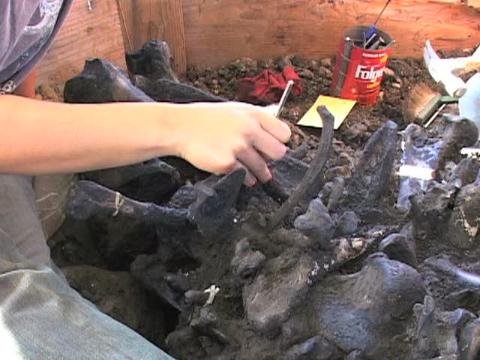
Each fossil find is a clue, but it’s only when many are put together that the true picture emerges. Scientists can reconstruct entire Ice Age ecosystems by studying which animals lived together, what plants they ate, and how they interacted. For example, the discovery of both predator and prey bones in the same cave suggests complex food webs, while pollen grains trapped in cave sediments reveal what kind of vegetation covered the land. These reconstructions help us understand not only what was lost, but also how climate shifts can reshape entire landscapes.
Human Presence in the Caves
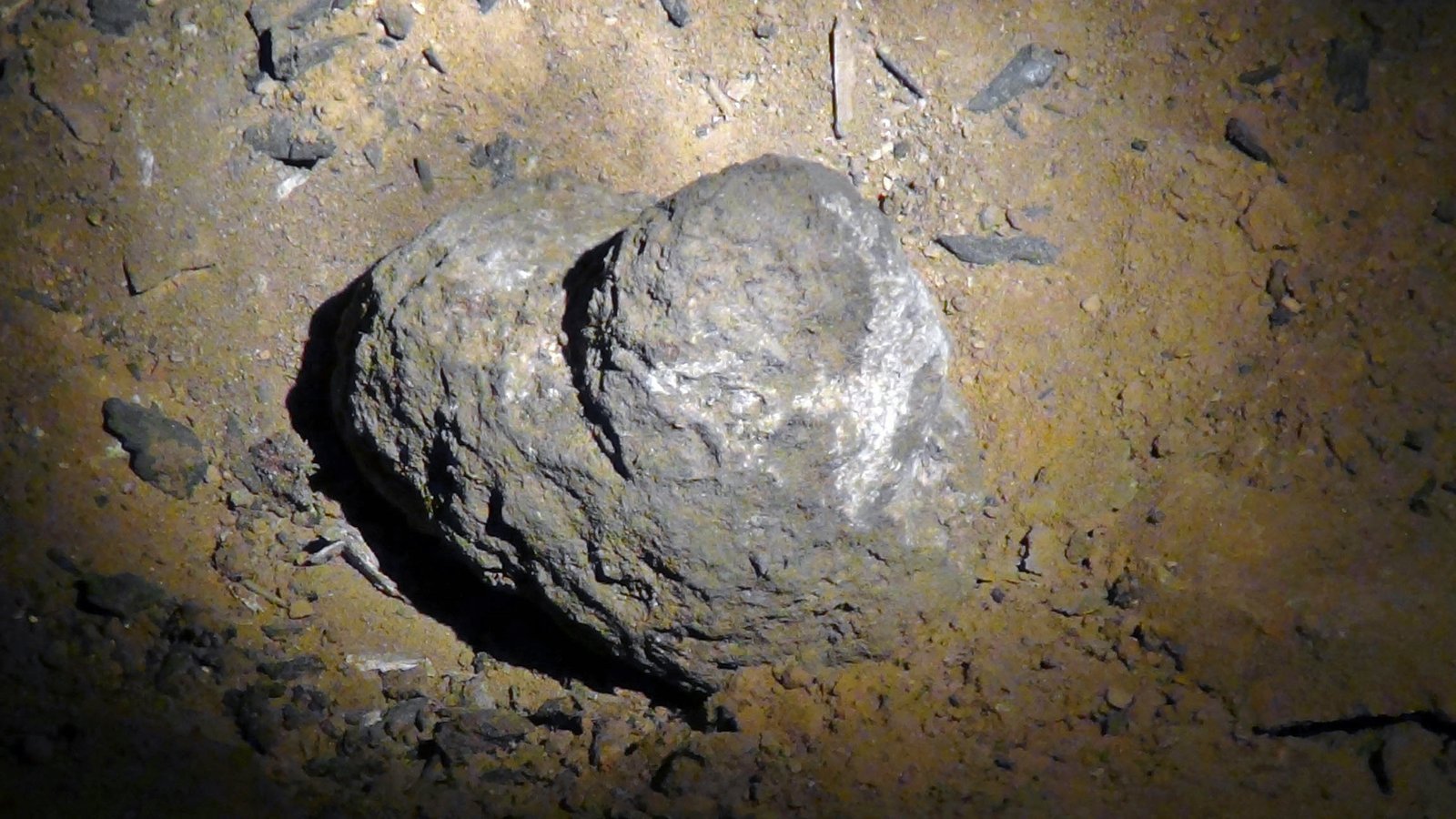
It’s not just animal bones that lie hidden in Vancouver Island’s caves—sometimes, there are hints of ancient people too. Obsidian flakes, stone tools, and even charcoal from ancient fires have been discovered, suggesting that humans sought shelter or hunted in these dark places. These finds are rare but electrifying, offering proof that people were already exploring and surviving on Vancouver Island during the tail end of the Ice Age. Each artifact is a silent witness to human ingenuity and adaptability in the face of a harsh, frozen world.
How Do Scientists Study These Fossils?
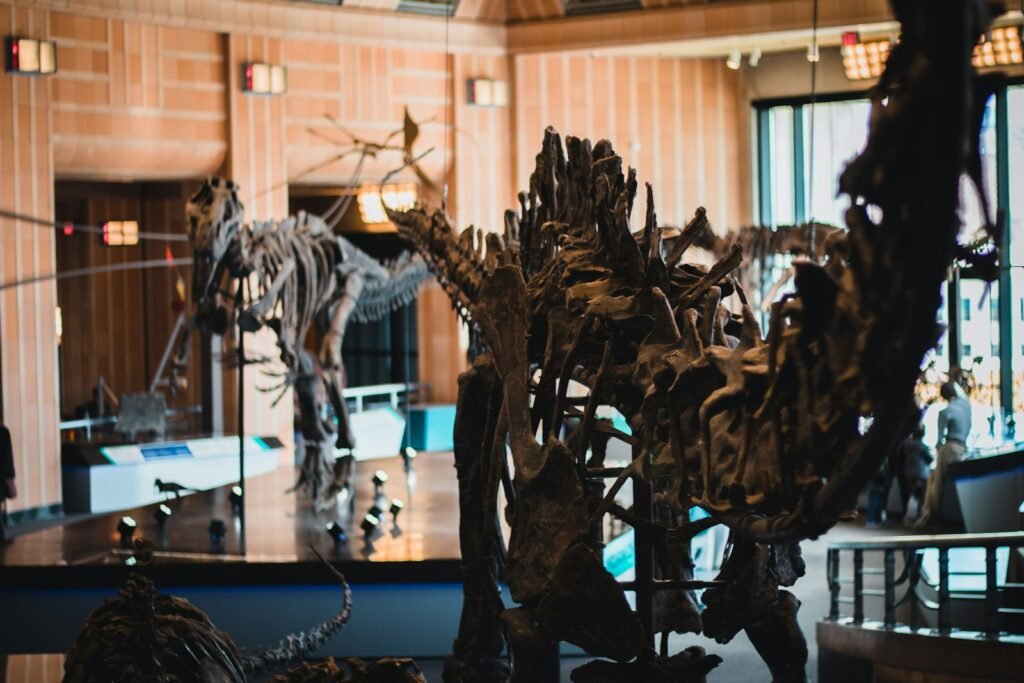
Unearthing cave fossils is no easy feat. Scientists must work carefully, often in cramped, muddy spaces with little light. Every bone is mapped, photographed, and cataloged before it’s removed. Back in the lab, experts use microscopes and chemical tests to determine the age and identity of the fossils. DNA extraction has become increasingly important, allowing researchers to trace ancient lineages and see how populations shifted over time. It’s a meticulous, slow process, but every step brings new insights and sometimes, unexpected surprises.
The Role of Climate Change in Fossil Preservation
The very forces that created the Last Glacial Maximum also played a role in preserving these fossils. Cold, dry conditions helped slow decay, while the advance and retreat of glaciers sometimes sealed caves for thousands of years. As the climate warmed and ice retreated, some caves were reopened, allowing new animals—and sometimes people—to enter. This dynamic history means that the fossils inside are layered like a cake, each layer telling a different part of the story. Studying these changes helps scientists predict how current and future climate shifts might affect ecosystems today.
Modern Technology Unlocks New Secrets
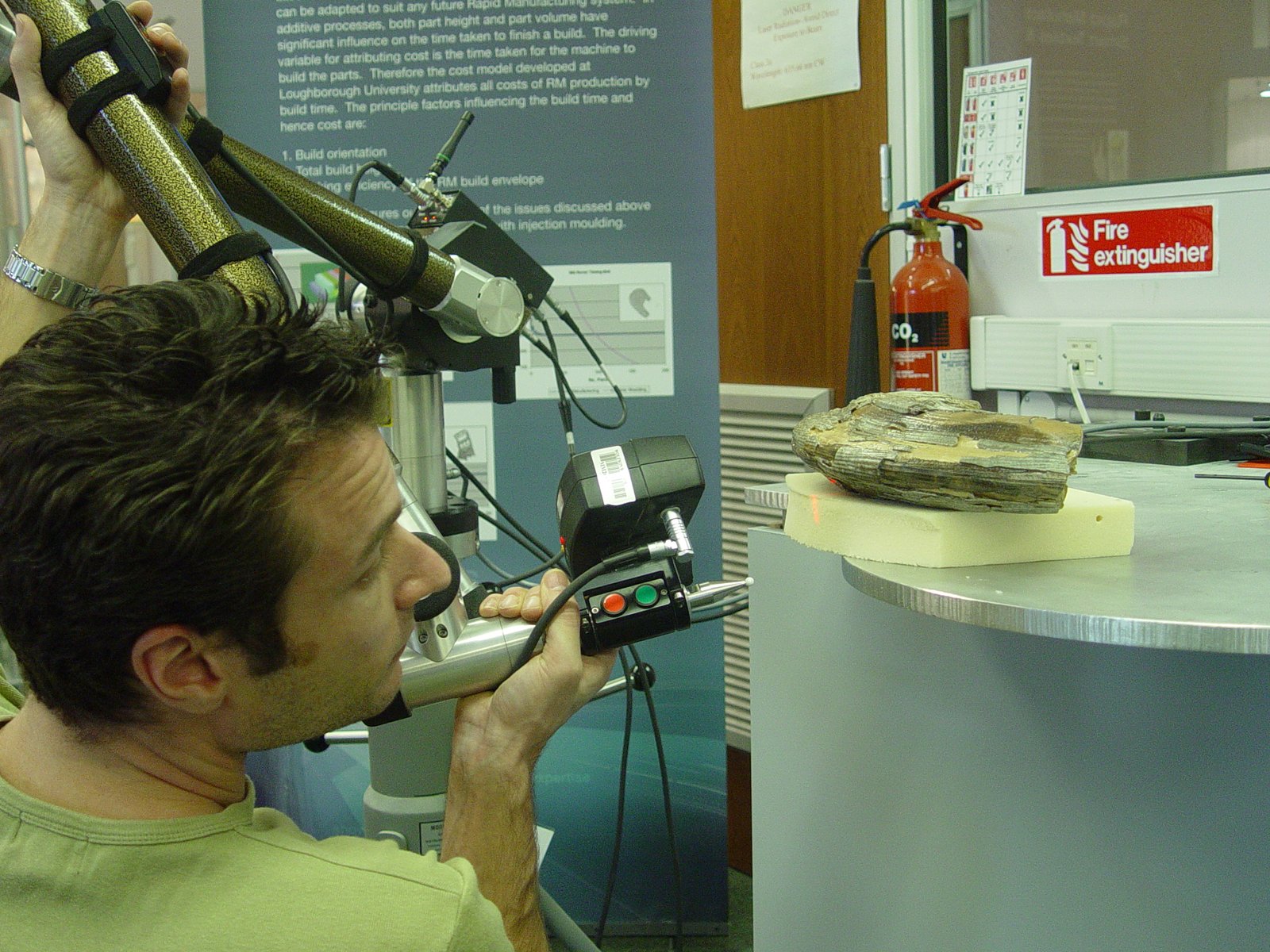
Advances in technology are revolutionizing how we study cave fossils. High-resolution CT scanning can reveal hidden injuries or growth patterns inside bones. Stable isotope analysis lets researchers figure out what Ice Age animals ate and where they traveled. DNA sequencing can even pinpoint how ancient populations migrated and changed. These tools are like magic glasses, letting scientists see details invisible to the naked eye and turning old bones into rich sources of information.
The Global Significance of Vancouver Island’s Caves
While these discoveries are local, their impact is global. Fossils from Vancouver Island help fill in gaps in the worldwide record of the Last Glacial Maximum. They show that even isolated islands were part of vast ecological changes, and that migration, extinction, and evolution are truly worldwide phenomena. Scientists from around the world visit Vancouver Island to study these caves, hoping to apply what they learn to other regions and other times. The island’s fossils are a reminder that nature’s dramas are interconnected, and that every discovery adds a brushstroke to the portrait of our planet’s history.
Threats to the Caves and Their Fossils
Sadly, Vancouver Island’s caves and their treasures face real dangers. Increased tourism, careless exploration, and climate change all threaten these fragile sites. Even a single misplaced footstep can crush ancient bones or disturb sediment layers that took millennia to form. Pollution and rising temperatures may also speed up decay, erasing secrets before they’re ever found. Protecting these caves isn’t just about saving rocks and bones—it’s about preserving irreplaceable chapters of Earth’s story for future generations.
Why Do These Discoveries Matter?
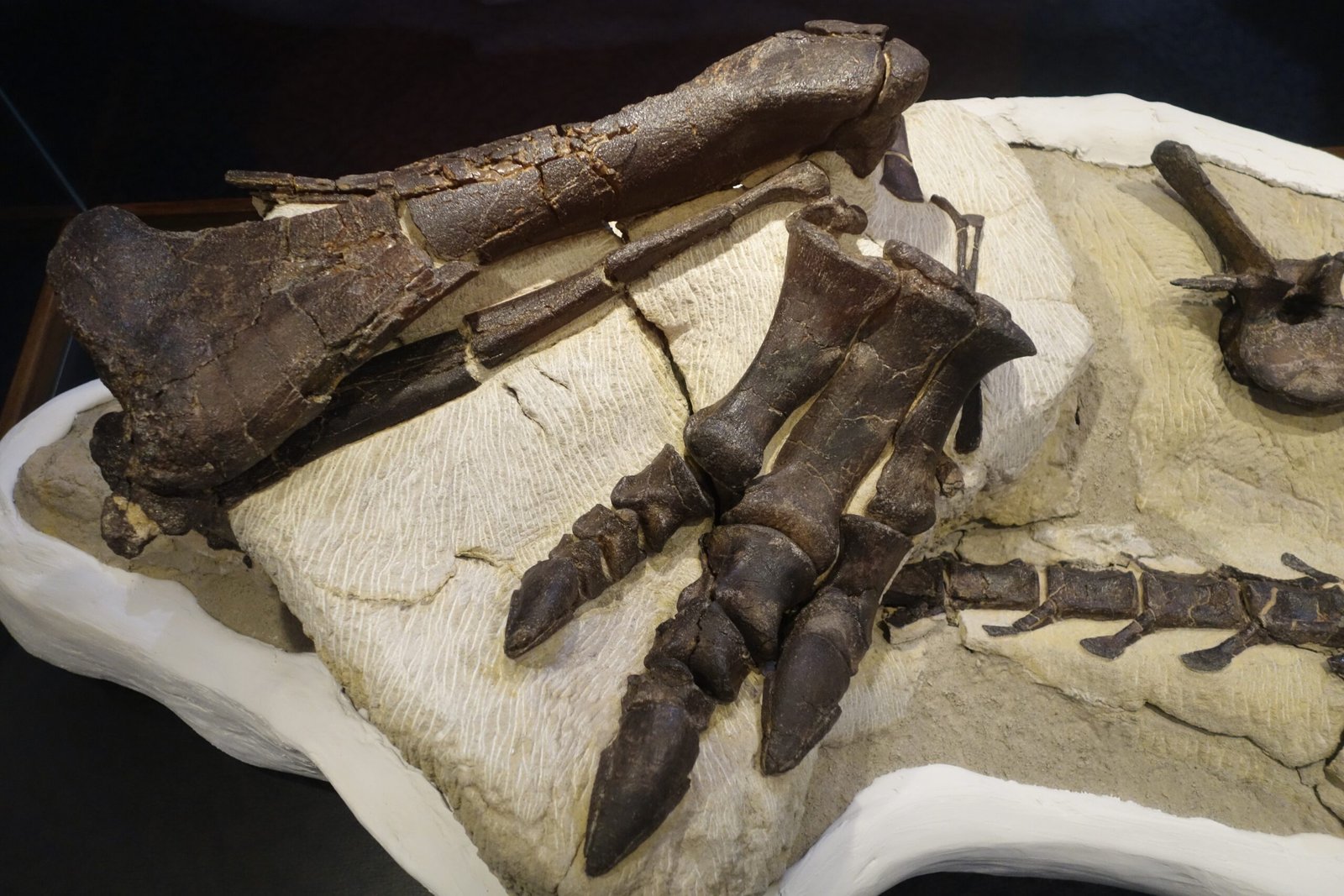
It’s easy to wonder why anyone should care about bones buried in dark caves. But these fossils are more than curiosities—they are anchors to our own past. They teach us about survival and extinction, adaptation and resilience. They remind us that the world changes, sometimes dramatically, and that life finds a way to persist. By studying these ancient remains, we learn not only about vanished animals but about ourselves—our place in nature, and our responsibility to protect the stories written in the land beneath our feet.
Community Involvement and Citizen Science
The search for fossils isn’t limited to professional scientists. Local caving groups, students, and everyday adventurers have played huge roles in discovering and protecting cave sites. Many of the most important finds started with a curious hiker or a weekend explorer. Citizen science programs now train volunteers to document new caves, report finds, and help with conservation. It’s a powerful reminder that anyone—no matter their background—can contribute to the ongoing adventure of discovery.
The Emotional Impact of Touching Deep Time
There’s something deeply moving about holding a fossil that predates human history. For many who work in these caves, the experience is humbling and awe-inspiring. It’s as if time itself folds in on itself, connecting us to creatures and people who lived in a world we can barely imagine. Standing in a cave, surrounded by the echoes of the past, you feel both small and infinite—part of a story that stretches back through the ages. It’s a sensation that stays with you, long after you’ve emerged into the daylight.
Education and Inspiring the Next Generation
The story of Vancouver Island’s caves is a powerful tool for education, sparking curiosity and wonder in students of all ages. School programs, museum exhibits, and guided cave tours help bring this ancient history to life. Kids who learn about Ice Age fossils often find themselves dreaming of becoming scientists, explorers, or conservationists. These stories turn abstract concepts like evolution and climate change into real, tangible adventures, inspiring the next generation to keep exploring and protecting our planet.
Ongoing Mysteries and Unanswered Questions
Despite decades of research, Vancouver Island’s caves still hold countless mysteries. Why did some species disappear while others survived? What role did humans play in shaping the ecosystem? Are there still undiscovered chambers filled with fossils waiting to be found? Each new discovery raises more questions, fueling further exploration and debate. The sense of mystery is part of what makes these caves so compelling—there’s always another secret waiting just around the corner.
Connecting the Past to the Future
Every fossil, every artifact, every story uncovered in Vancouver Island’s caves is a thread connecting us to the deep past and the uncertain future. These discoveries remind us that life is always changing, that survival requires adaptation, and that our actions today will echo long after we are gone. By protecting and studying these caves, we honor the lives that came before us and give future generations the chance to learn from their triumphs and tragedies. What lessons will we leave behind for those who come after us?

